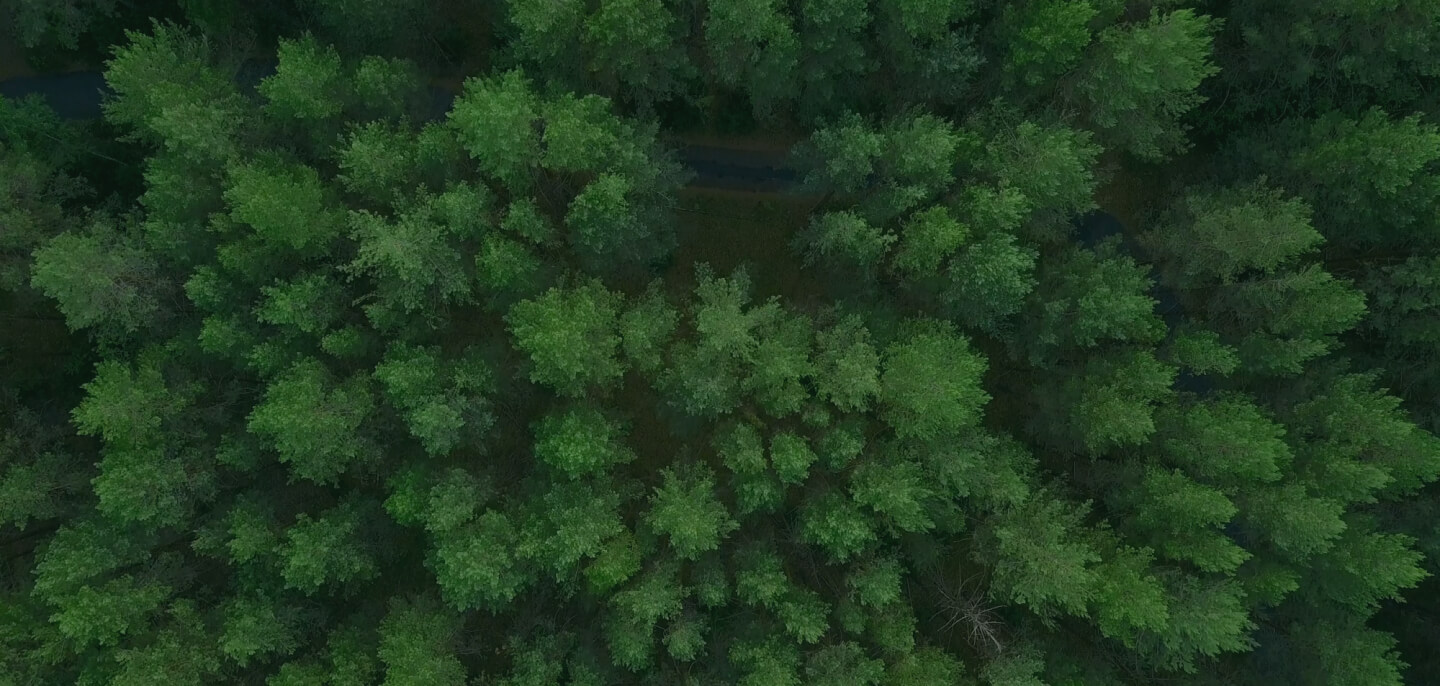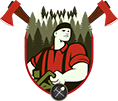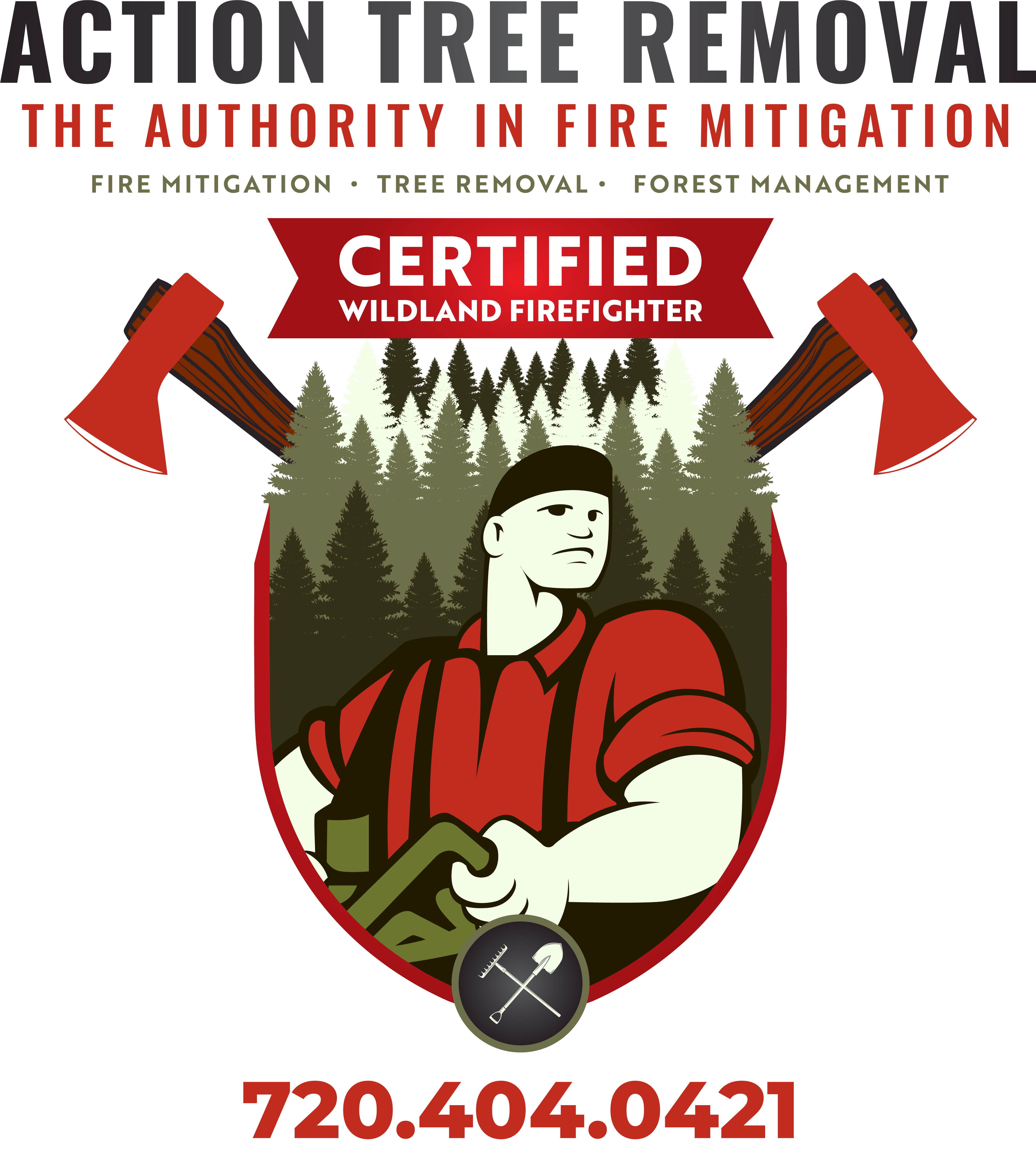
Empowering Preparedness: Your Ultimate WildFire Mitigation Glossary
Terms you need to know.
It’s easy to become lost in the language used in our industry.
Wildfire Mitigation
Remove fuels around your house that can create increased heat and exposure to your home in the event of a wildland fire including the structure itself.
It is a term used often in advertising, but a contractor must have specific education to correctly assess and perform this type of work independent of a scope provided by an impartial, third-party approved resource such as a fire department. Insurance companies will often tell you to perform X, Y, Z work on your property in order to keep your Homeowners Insurance active. Their definition of what constitutes ‘fire mitigation‘ is to limit their financial risk and is often different.
Clear Cut
Cut down and remove every tree from an area.
Too many times this method is prescribed as a remedy to reduce fire risk when it isn’t necessary. It’s a great payday for the contractor performing this service but many times can be avoided. Sometimes Insurance Companies will mandate this in order to keep your policy active.
Mastication
Reducing the size of forest vegetation and downed material by grinding, shredding, chunking and chopping material.
There is an appropriate place for this process and accompanying machinery, and it usually involves many acres as a part of forest management program when the area has been neglected allowing far too many trees and undergrowth to arise. Not ideal for residential use as the debris is usually left behind. It can actually create more fire fuels as a result and isn’t appropriate around structures. *We have photo examples.
Arborist
A specialist in the care and maintenance of trees and shrubbery.
This means individual trees and shrubbery. It requires certification through certain educational institutions.
Forester
A person who is an expert in Forestry; the science, art, and profession of managing forests. An Officer having responsibility for the maintenance of a forest. Foresters engage in a broad range of activities including ecological restoration, biodiversity and management of protected areas.
This means knowledge of the highest and best use of an entire forested area; how the diversity of your forested area will be benefitted by a specific plan and yield the best result over the life of it.
Fuel Break
A wide strip of land on which vegetation has been modified so that a fire burning into it can be more readily controlled.
Harden Your Home
Preparing your home for wildfire. Decreasing its vulnerability by addressing the components of your house to increase its resistance to heat, flames and embers.
Thin from below
The removal of understory Conifers, typically younger, stunted or damaged trees and leaving mature, overstory trees.
These trees typically would act as ‘ladder fuels’ in the event of a wildland fire.
Ladder Fuels
Live or dead vegetation that allows a fire to climb up from the landscape or forest floor into the tree canopy.
Typical fuels include tall grasses, shrubs, branches and seedlings and saplings in the Conifer family.
Limbing Up
Process of eliminating a ladder fuel by pruning lower branches to the proper height to reduce the risk of fire reaching the crown of the mature, overstory trees in the event of a wildland fire.
Headquarters
PO Box 1336
Bailey, Co 80421
Phone: (720) 404-0421
Monday – Saturday, 8:00 am – 6:00 pm

